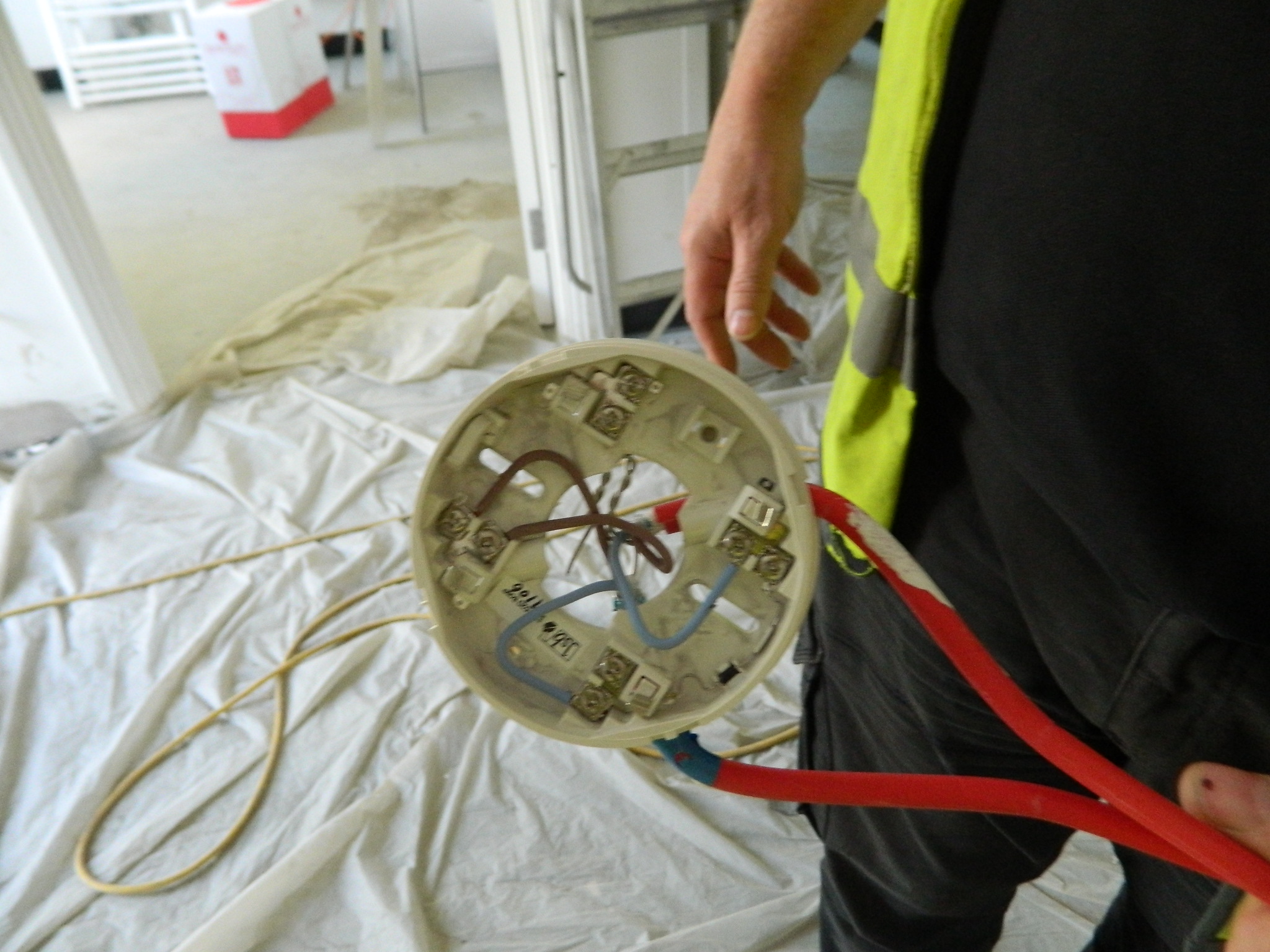
Ensuring safety in both homes and commercial structures is crucial, and one of the crucial factors in upholding this safety is the implementation of a trustworthy fire alarm system. Fire alarms are vital in offering early warnings in the case of a fire, consequently saving lives and minimizing property damage. This blog aims to offer a comprehensive guide to fire alarm installations, offering insights into the types, components, installation process, and maintenance of these vital systems.
Types of Fire Alarm Systems
Fire alarm systems are available in various types, each tailored to suit different needs and building layouts. The most
common types are conventional, addressable, and wireless systems. Conventional fire alarm systems are more straightforward in design and are appropriate for small-scale buildings. They segment the building into zones, and when a fire is detected, the alarm panel shows the zone but not the exact location of the fire.
Addressable systems, on the other hand, provide specific information about the location of the fire, making them ideal for larger, more complex buildings. Each device in this system has a unique address, and the control panel can pinpoint exactly which device has been activated.
Wireless fire alarm systems offer the advantage of easier installation with minimal disruption, as there are no wires to run. They are highly advantageous in buildings where running cables is impractical or prohibited.
Components of a Fire Alarm System
A fire alarm system consists of various key components that interact to identify and warn occupants of a fire. The central component is the control panel, which tracks inputs from various devices and initiates the alarm when a fire is detected.
Detectors are essential in detecting the presence of fire and smoke. Smoke detectors are the most common, but there are also heat detectors and carbon monoxide detectors, each designed to respond to different aspects of a fire.
Manual call points allow occupants to directly trigger the alarm if they detect a fire. Additionally, sounders and visual alarms (like flashing lights) are essential in alerting occupants, notably in noisy environments or where there are individuals with hearing impairments.
The Installation Process
Implementing a fire alarm system requires meticulous planning and adherence to local safety codes and standards. The process typically begins with a risk assessment to determine the correct system and layout. This is followed by the installation of the control check here panel, detectors, manual call points, and alarm devices.
Professional installation is crucial to ensure the system functions correctly and conforms with regulations. After installation, the system should be thoroughly tested to ensure it operates as intended.
Maintenance and Testing
Regular maintenance and testing are crucial to ensure that the fire alarm system remains trustworthy and effective. This includes periodic inspections, cleaning of detectors to avoid false alarms, and replacing any faulty components. Testing should be conducted regularly, following the manufacturer's recommendations and local regulations. This ensures that every component of the system is in working order and
ready to function in an emergency.
Section 5: Choosing the Right System for Your Needs
Selecting the right fire alarm system depends on multiple factors, including the size and layout of your property, the nature of the activities carried out within, and your budget. It's important to consult with fire safety experts who can assess your specific needs and recommend a system that provides the best protection for your circumstances.
Section 6: Legal Compliance and Certification
Compliance with local fire safety laws and regulations is not just a legal requirement but also a vital aspect of ensuring the safety of occupants. Different regions may have specific codes that dictate the type and installation standards of fire alarm systems. It's essential to work with certified professionals who comprehend these requirements and can ensure that your system is compliant.
Conclusion
The installation of a fire alarm system is a vital step in protecting lives and property from the dangers of fire. Understanding the types of systems available, their components, and the installation and maintenance processes can help you make knowledgeable decisions about your fire safety needs. Regular maintenance and compliance to legal requirements are key to ensuring that your fire alarm system remains effective and compliant. Always consult with fire safety professionals to ensure that your system is properly designed, installed, and maintained.
fire alarm installations